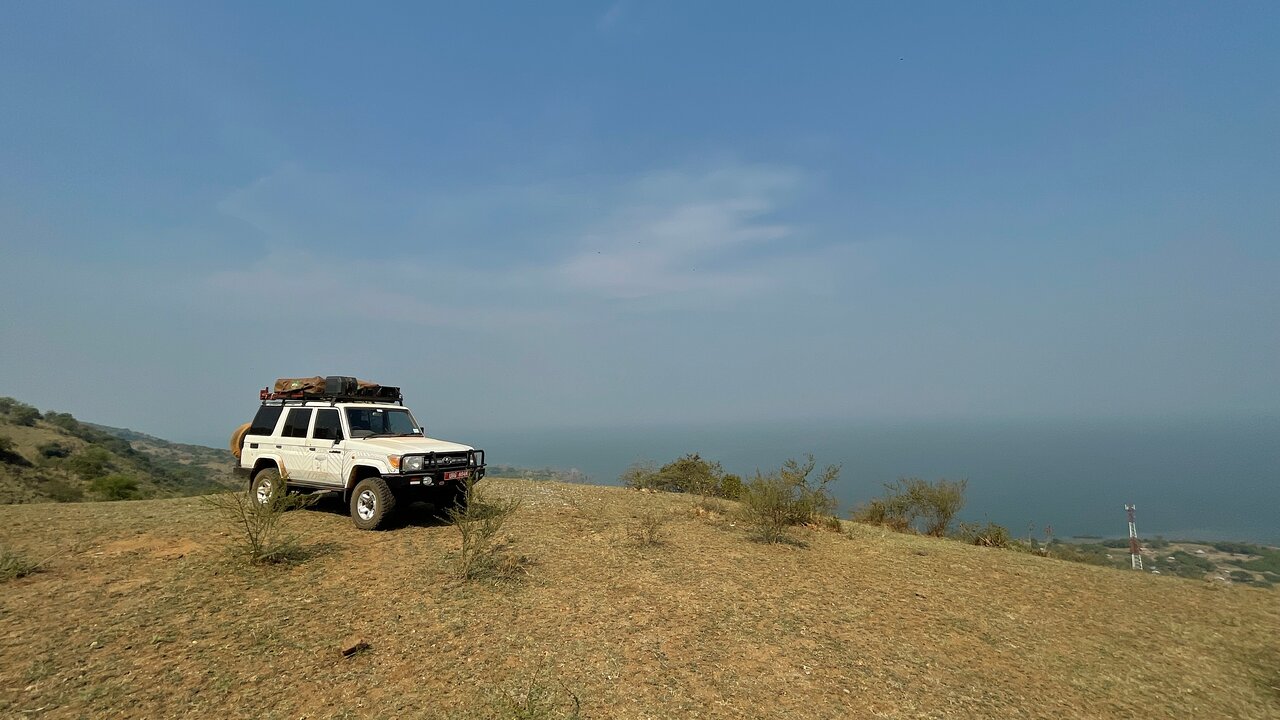
Advantages of Renting a Car In Uganda
Book a rental car in Uganda to explore the different parts of the country, the services come with several advantages.
Are you planning to take part in Uganda safaris and experience amazing destinations? Your transport issue is eminent to be solved if you choose the good car rental services.
There are many car rental agencies but the trustworthy ones offering pre-eminent services are hard to find. It’s not like the old times when only car hire with a driver was offered. In this new age, self-drive services are provided as well if you reach the company criteria.
Below are the advantages of renting a car in Uganda.
Flexible
Car Rental Uganda extends outstanding transport services to avoid disappointments and any sort of disturbances throughout your journey. You get to enjoy a luxury private car of your own with lots of comfort and space that can accommodate you and your cargo. Unlike using public transport where you are squeezed and a lot of stopovers for other passengers to board off. With a vehicle hired from Car Rental Uganda, you can reach any place of your choice according to the travel plan without limitations.
Choose your car choice
As the saying states, there are lots of fish in the pond, you get to catch any you want. The saying gives a clear description of the vehicle. Among the many cars in the fleet, you are offered a wide choice to make your selection. You get to choose from 4×4 safari vehicles in Uganda such as safari min van, super custom, 4×4 safari land cruisers, land cruiser Prado TX, Landcruiser V8, Rav 4, and saloon cars. The one you choose is what is provided to you.
Accessibility
The unlimited services offered by car rental services can never be outmatched by public means. With a vehicle hired from Car Rental in Uganda, you get to access distant places and manage off-beaten tracks. Unlimited mileage is provided thus giving you all the freedom to visit and explore any place you wish.
Budget saving
Hiring a car in Uganda gets cheaper depending on the number of days of your self-drive safari. If the days are many, the chances of a discount offer are many too. And if you are traveling in a small group, a huge sum of money is saved since the car hired by one person can be used by more than three people at the same rate. Travelers from international countries cannot come with their automobiles but hire from car rental agencies which are very cheap and money-saving. Note: the costs paired off for external damage on a car from a car agency are way smaller than that to repair your own (Power of insurance).
Best comfort zone
This is best experienced when you hire a car with a driver. The driver leads you to the different tourist destinations conveniently. It feels like royalty since you don’t face the steering wheel but rather relax like a king in your seat. Much of the worry is left to the driver and that is what makes car rental Uganda the best out of the rest. Mechanical breakdown, car general maintenance is looked after by the driver. The cars are spacious and comfortable with the ability to cover a long mileage after many years of road experience.
Better performances
The cars available are in good and strong shape suitable for travel to every corner of Uganda. Name your destination and in time you will be there as soon as possible. The cars are frequently serviced to reach the standards of travel and to prevent any chances of car mechanical breakdown. With car rental in Uganda, you get to enjoy a tremendous drive worth remembering.
Convenience and reliable
Car rental services are convenient and reliable since they offer first-class transport means. For those traveling for the first time, we are at your service to enable you to reach your destination healthily, safely, and soundly. If you’re a travel addict and want to travel much around Uganda, check out for car rental Uganda-friendly rates and hit the BOOK button.
Read More